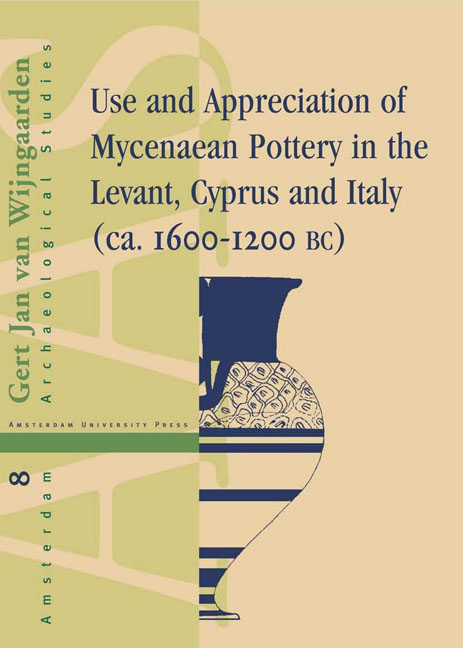12 - Apliki-Karamallos
Published online by Cambridge University Press: 10 February 2021
Summary
INTRODUCTION
On their northern side, outliers of the Troodos mountains reach almost to the coast of Morphou bay. In the valley of the Marathasa river, the plateau of Karamallos is situated some 8 km from the coast. The altitude of the ancient site is some 300 m and it is situated in a well-known copper region. Archaeological remains have been discovered at various places and the site probably covered the whole plateau. Various finds at the site indicate that some activities must have occurred at the site during LC IIB. The earliest buildings, however, have been dated to LC IIC and habitation continued into the early stages of LC IIIA, when the site was abandoned.
On the Karamallos plateau, six trenches have been excavated (Fig. 12.1), while area C, where the Cyprus Mines Corporation cut into the surface, also yielded archaeological finds. Only two trenches have revealed the remains of buildings: area A near the rock outcrops in the south, and the long trench of area B in the eastern part of the site. In area A, a building was discovered, which consisted of at least eight rooms. In one room of this building, fifteen large jars were discovered and it has been suggested that the building fulfilled storage functions surpassing the household level. Another room showed evidence for cultic practices. The long narrow trench B revealed the remains of at least three houses, of which one (house B III) possessed an elaborate storage pit. Trench D did not yield any finds, but traces of walls and pits in the trenches E, F, G and H indicate that the settlement extended northwards and southwards.
Apliki-Karamallos has been interpreted as a mining settlement. The large amounts of copper slag and other implements to do with the production of metals seem to support such an interpretation. Grains found at the site appear not to have been grown in the near vicinity, which indicates some sort of food import, possibly in exchange for metals. Such a food supply fits well into the model proposed by Priscilla Keswani in which mining settlements are related to inland centres through a form of ‘staple finance’.
- Type
- Chapter
- Information
- Use and Appreciation of Mycenaean Potteryin the Levant, Cyprus and Italy (1600-120O BC), pp. 169 - 182Publisher: Amsterdam University PressPrint publication year: 2002



